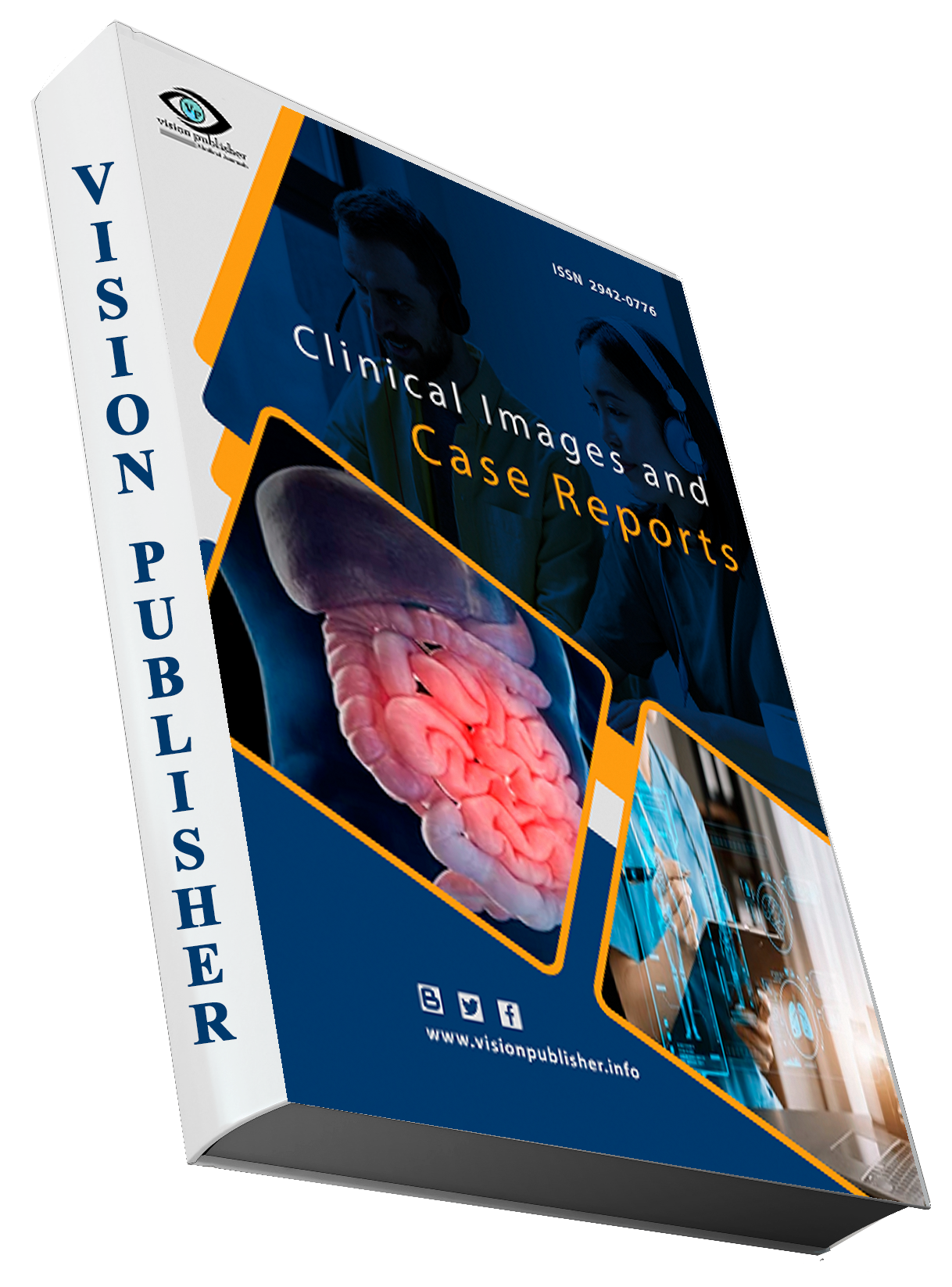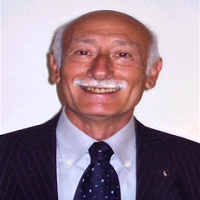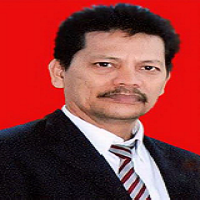Impact of Diode Laser on Lymphocytic Cell and DNA
Keywords:
Impact, Laser, Lymphocytic Cell, Density, DNAAbstract
In this study, the effect of the laser (532nm) on (40) samples equences comprise equally twenty male and twenty female ones were collected from (20 to 47 )years old individuals by using Laser (532nm), power 20mw and the time of exposure (5,15and 30 min), the sample was divided into four sample for irradiation and control . The results of this study show the average percentage of surviving lymphocytes being (32.12±6.178) different exposures of laser (5,15 and 30 min), lead to the changes in the portion of live lymphocytes. The proliferative moment of the cells show almost exact the same regularity as seen in the untreated cells before as well as after diode laser (532 nm, 20 mW). found decrease in DNA retention (OD) for the following three doses (5,15 and 30 min) which is a sign for DNA focal stability reduction compared to standard DNA (OD) obtained the figure of survival DNA as( 85.5%, 88.5%, and 87.1% )each round. However, these results may confirm that DNA of diode laser (532 nm, 20 mW) irradiation is damaged at the degree immediately after exposure irradiation.
Downloads
References
Avci, P., A. Gupta, M. Sadasivam, D. Vecchio, Z. Pam, N. Pam and M. R. Hamblin (2013). "Low-levellaser (light) therapy (LLLT) in skin: stimulating, healing, restoring." Semin Cutan Med Surg 32(1): 41-52.
Ayuk, S. M., N. N. Houreld and H. Abrahamse (2012). "Collagen Production in Diabetic WoundedFibroblasts in Response to Low-Intensity Laser Irradiation at 660 nm." Diabetes Technol Ther 14(12):1110-1117.
Ballas, C. B. and J. M. Davidson (2001). "Delayed wound healing in aged rats is associated withincreased collagen gel remodeling and contraction by skin fibroblasts, not with differences in apoptoticor myofibroblast cell populations." Wound Repair Regen 9(3): 223-237.
Belperio, J. A., M. P. Keane, D. A. Arenberg, C. L. Addison, J. E. Ehlert, M. D. Burdick and R. M.Strieter (2000). "CXC chemokines in angiogenesis." J Leukoc Biol 68(1): 1-8. Bisht, D., S
Branski, L. K., G. G. Gauglitz, D. N. Herndon and M. G. Jeschke (2009). "A review of gene and stemcell therapy in cutaneous wound healing." Burns 35(2): 171-180
Brown, D. C. and K. C. Gatter (2002). "Ki67 protein: the immaculate deception?" Histopathology 40(1):2-11.
Busnardo, V. L. and M. L. Biondo-Simoes (2010). "[Effects of low-level helium-neon laser on inducedwound healing in rats]." Rev Bras Fisioter 14(1): 45-51.
Byrnes, K. R., L. Barna, V. M. Chenault, R. W. Waynant, I. K. Ilev, L. Longo, C. Miracco, B. Johnsonand J. J. Anders (2004). "Photobiomodulation improves cutaneous wound healing in an animal model oftype II diabetes." Photomed Laser Surg 22(4): 281-290.
Carvalho, P. T., N. Mazzer, F. A. dos Reis, A. C. Belchior and I. S. Silva (2006). "Analysis of theinfluence of low-power HeNe laser on the healing of skin wounds in diabetic and non-diabetic rats."Acta Cir Bras 21(3): 177-183.
Castilla, C., P. McDonough, G. Tumer, P. C. Lambert and W. C. Lambert (2012). "Sometimes it takesdarkness to see the light: pitfalls in the interpretation of cell proliferation markers (Ki-67 and PCNA)."Skinmed 10(2): 90-92.
Chung, H., T. Dai, S. K. Sharma, Y. Y. Huang, J. D. Carroll and M. R. Hamblin (2012). "The nuts andbolts of low-level laser (light) therapy." Ann Biomed Eng 40(2): 516- 533.
Huang, Y. Y., A. C. Chen, J. D. Carroll and M. R. Hamblin (2009). "Biphasic dose response in low levellight therapy." Dose Response 7(4): 358-383.
Peng, Q., A. Juzeniene, J. Chen, L. O. Svaasand, T. Warloe, K.-E. Giercksky and J. Moan (2008)."Lasers in medicine." Rep Prog Phy 71(5): 056701.
Peplow, P., T. Y. Chung and G. D. Baxter (2010). "Application of low level laser technologies for painrelief and wound healing: overview of scientific bases." Phys Ther Rev 15(4): 253-285
Sommer, A. P., A. L. Pinheiro, A. R. Mester, R. P. Franke and H. T. Whelan (2001). "Biostimulatorywindows in low-intensity laser activation: lasers, scanners, and NASA's light-emitting diode arraysystem." J Clin Laser Med Surg 19(1): 29-33.

Downloads
Published
How to Cite
Issue
Section
License
Copyright (c) 2024 Clinical Images and Case Reports

This work is licensed under a Creative Commons Attribution 4.0 International License.
Clinical Images and Case Reports












